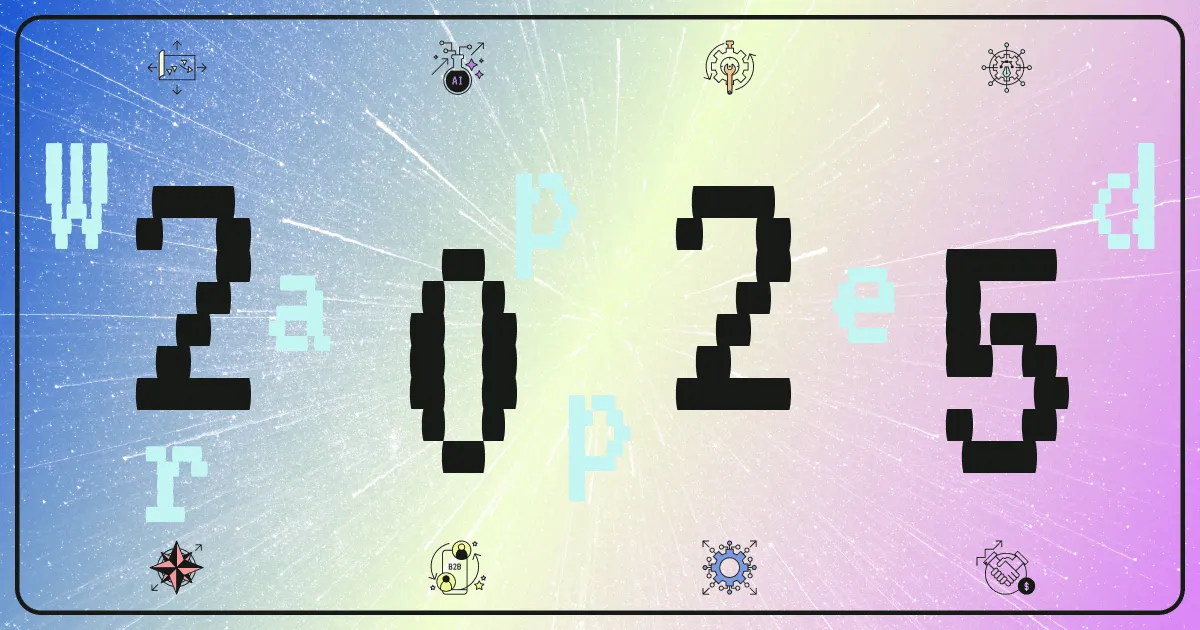At some point while managing your partner program, you’re going to come across some data that’s not right. As a program manager, you’re on the front lines, with a decision to make: was this an honest mistake, or someone trying to take advantage of my partner program? Luckily, PartnerStack has a suite of tools to help you decide what your next step will be when assessing a partner.
In this article, we’ll break down:
- How to evaluate a partner flagged for fraud
- Steps PartnerStack takes to help prevent fraudulent partners
- Top tips for coming to a decision on how to move forward
What does it mean when a partner is flagged for fraud?
You might be asking yourself — Why is there a little red flag next to my partner? The first line of defence is PartnerStack’s fraud detection suite. Fraud has come a long way since the mail scams of your grandparents — and so has the tools to combat it. At PartnerStack, we partner with Sift, an industry-leading fraud detection network that measures dozens of behaviors and signals.
When the measured signals are strong enough, PartnerStack will automatically flag the partner, put their current commissions on hold and leave the final decision up to you. Consider this the bouncer at your club, saying, “Hey boss, what do you want me to do with this guy?”
Top tip: If there are a lot of flagged partners in your program, PartnerStack sorts them by how many commissions are on hold — this helps triage which you should sort out first.
Related: How to get started in partnerships as a small business.

How to review a flagged partner
Confirm the data
The information the fraud suite surfaces to you is the level of threat, the main reason for being flagged and what other program managers have decided.
But you have your own data as well you can use to base this decision on.
Is the partner PartnerStack Network approved?
PartnerStack checks every applicant to the Network. While this isn’t a get-out-of-jail free card, an initial level of quality control has already been applied. However, if a partner has applied to your program from another channel (say, from the partner page on the footer of your website or a direct invite from you) they will have bypassed this security check.
The partner application, Network profile and website
If you have enabled application forms for your partner group, you have information on this partner. Questions that can help assess a partner include:
- How are you promoting our service?
- Please describe your company.
- What is your website?
- What kind of audience do you serve?
Do the answers match their activity and their Network profile? A partner who says they consult one-on-one, but have thousands of clicks on their link have likely not told you the whole story. Do their answers make sense to you? Does the domain they referenced match their email? Is it an active website?
Top tip: Some program managers run a partners’ domain through an SEO tool like Moz to check the quality of a partner’s domain.
Traffic and customers
Look for unusually large click volume. If the partner has customers attributed to them, check them against your typical customer. Are their e-mails normal or do they seem to follow a pattern? If there are transactions, you can check for refunds or disputed charges.
Decision and next steps after a partner is flagged
So what now? If you have enough data to make a decision, that great. But sometimes, even after an investigation, a program manager is still on the fence. Here’s some additional steps you can take to gather more information.
Ask the partner a question
It’s worth noting a partner doesn’t know they’ve been flagged — so some program managers will reach out to the partner and ask them for clarification on how they’re promoting their service or using their affiliate link.
See more: How to recruit right-fit B2B influencers for your partner program.

Ask PartnerStack for a second opinion
The experts are in your corner! We can weigh in on what we see on our side to help you reach a decision. We have access to additional information and context that can help influence your decision whether or not to keep the partner.
Consider the risk vs. reward
Bad traffic can mean that you are paying out on commissions you shouldn’t but it could also mean that there are disputed transactions down the road from the customers themselves. While it can be easy to let something slide because it helps you reach your numbers, being diligent will keep you from an unwelcome surprise down the road.
Top tip: Fraudulent partners will often use pressure tactics to try and rush you or influence your decision. Don’t be afraid to take the time to make a decision you’re comfortable with.

















